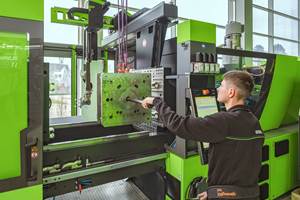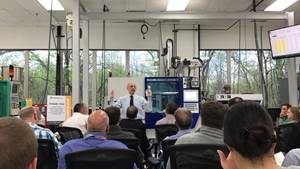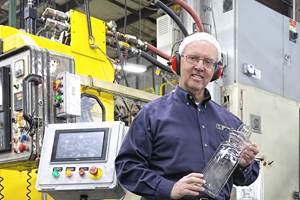Attracting More Employees by Knowing the Ones You Have
It’s helpful to understand their mindsets, habits, and patterns of entry-level, low-wage employees.

A recent article headline read: Latest Job Perk: Firms Adopt Automatic Retirement Savings Plans to Attract More Workers.
Do such retirement plans attract employees from all demographics and for all positions within your company?
I work a lot with entry-level, lower-wage employees and find it helpful to understand their mindsets, habits, and patterns. Many employees from this demographic are living to make it through today and only today. Usually, a long-term retirement incentive for lower-wage employees does not sound as motivating for those who cannot find the money to pay rent this month.
What does attract employees who live in daily instability, live paycheck-to-paycheck, and make a bit above minimum wage?
- Gas cards
- Fast-food gift cards
- Grocery gift cards
- Short-term incentive bonuses
- Weekly team incentive bonuses
- Transportation vouchers
- Time off for appointments without being penalized
- Creating employee relationships of mutual respect
Incentives that can be awarded weekly are fantastic. Your entry-level employees may not have enough stable resources for today, let alone tomorrow. The driving forces for these employees are survival and relationships. Employees who live in this environment:
- Live to make it through the day.
- Rarely have the space in their lives to plan ahead (and not for retirement).
- Need money for daily transportation, daily food, and daily demands.
- Solve the problems of the day reactively, not proactively.
These are the patterns I see. And of course, these patterns may not apply to all your entry-level, lower-wage employees.
In the book Workplace Stability, I discuss in more detail how mindsets, habits, and patterns can be different in employees who live in daily instability than are the mindsets, habits, and patterns of employees who live in stability, the latter of whom have enough resources for today and the short-term future. The driving forces of employees who live in stability are work and achievement.
But short-term is key here. What happened during the Covid-19 pandemic? There were employees who, after two weeks of no work, visited unemployment websites, benefited from food drives, moved back in with their parents, lived in their cars, etc. for the first time in their lives.
Businesses operate from a stability mindset, and they expect all employees to come to work with that same mindset. If only that were the case, there would be higher retention rates, improved productivity, less conflict, and more understanding of each other. But that isn’t how it is.
What is best for your business is to understand the mindsets, habits, and patterns of your employees. When you take the time to understand yourself and those around you, your business can adjust policies, procedures, benefits, training, and more. Not all benefits work the same for every employee. By tailoring the benefits you offer to employees from diverse socioeconomic backgrounds, you will start to see positive retention and productivity patterns.
We want to keep and grow our employees, not continue on the hiring treadmill. These simple strategies can provide a huge payoff for your business.
About the Author: Ruth K. Weirich, MBA is an author, trainer, and management professional experienced in business operations efficiency and profitability. She is also a past president of aha! Process, an education and training company specializing in economic class issues. Contact: rkweirich@ahaprocess.com; ahaprocess.com.
Related Content
Mold-Change Time Targeted with Training, Technology
Engel is offering technology and training to molders to help them optimize their mold-changing process.
Read MoreThe Experience Curve and Well-Trained Process Technicians
Pairing external big picture training with internal job-specific instruction can help your process technicians meet quality expectations as well as production targets.
Read MorePlastics Processors Who Hire ‘Second-Chance’ Workers Do Well by Doing Good
Two blow molders with long-standing programs of hiring formerly incarcerated low-level offenders have helped these individuals re-enter their communities and have benefited from an additional resource during chronic labor shortages.
Read MoreSilicone Elastomer Course Returns
After completely filling the classroom last year, the Silicone Elastomers Technology and Fabrication course returns to Pomona, Calif. Jan. 31-Feb. 3.
Read MoreRead Next
People 4.0 – How to Get Buy-In from Your Staff for Industry 4.0 Systems
Implementing a production monitoring system as the foundation of a ‘smart factory’ is about integrating people with new technology as much as it is about integrating machines and computers. Here are tips from a company that has gone through the process.
Read MoreRecycling Partners Collaborate to Eliminate Production Scrap Waste at NPE2024
A collaboration between show organizer PLASTICS, recycler CPR and size reduction experts WEIMA and Conair will seek to recover and recycle 100% of the parts produced at the show.
Read MoreLead the Conversation, Change the Conversation
Coverage of single-use plastics can be both misleading and demoralizing. Here are 10 tips for changing the perception of the plastics industry at your company and in your community.
Read More

























